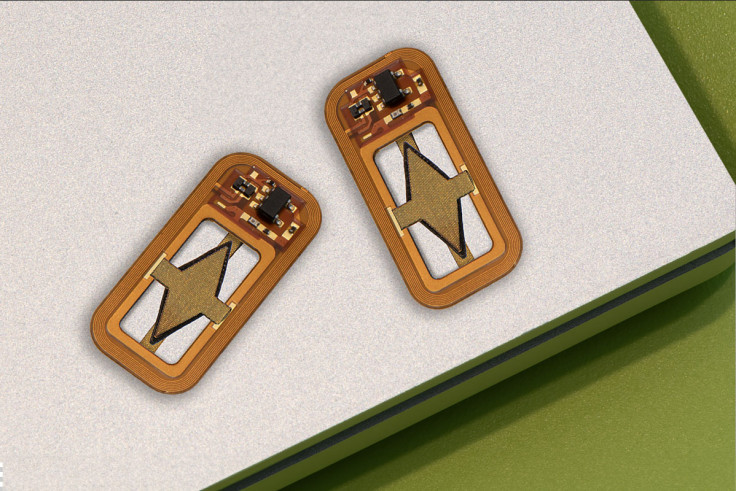Can Diabetes Patients Ditch Needles? Scientists Design Implantable Device That Can Help With Insulin Production

People with type 1 diabetes depend on regular insulin injections to manage their blood sugar levels. Can they ever ditch the needles? A new implantable device developed by a group of engineers from the Massachusetts Institute of Technology (MIT) gives hope to millions of diabetes patients who rely on insulin injections.
Studies have shown that implanting pancreatic islet cells, which makes insulin on-demand, is a promising method for relieving diabetes patients from the burden of injections. However, in this approach, insulin production stops when the implanted cells exhaust their oxygen supply.
In the latest study, researchers designed a new implantable device that not only has thousands of insulin-producing islet cells, but also has an inbuilt facility that splits up water vapor in the body to generate oxygen.
The device, when tested on mice, helped to keep the glucose levels stable for at least a month. After developing a larger version of the device, about the size of a stick of chewing gum, researchers plan to test it in people with type 1 diabetes.
"You can think of this as a living medical device that is made from human cells that secrete insulin, along with an electronic life support system. We're excited by the progress so far, and we really are optimistic that this technology could end up helping patients," Daniel Anderson, a senior author of the study, said in a news release.
Around 7.4 million diabetes patients in the U.S. depend on insulin injections to manage their condition. Researchers say although insulin injections are the recommended way to manage blood sugar, they often do not match the efficiency of the pancreas in producing insulin.
"The vast majority of diabetics that are insulin-dependent are injecting themselves with insulin, and doing their very best, but they do not have healthy blood sugar levels. If you look at their blood sugar levels, even for people who are very dedicated to being careful, they just can't match what a living pancreas can do," Anderson explained.
An alternative approach is to transplant insulin-producing cells from human cadavers that can respond to the surges in the patient's blood glucose levels. However, these patients need to be on immunosuppressive drugs to prevent the rejection of the implanted cells.
To solve this, a few experimental devices that hold the transplanted insulin-producing cells were designed. However, they had issues in providing a consistent and dependable oxygen supply for the encapsulated cells. So, the researchers team took a different approach to oxygen production.
"A significant advantage of this approach is that it does not require any wires or batteries. Splitting this water vapor requires a small voltage (about two volts), which is generated using a phenomenon known as resonant inductive coupling. A tuned magnetic coil located outside the body transmits power to a small, flexible antenna within the device, allowing for wireless power transfer. It does require an external coil, which the researchers anticipate could be worn as a patch on the patient's skin," the researchers wrote.
"The materials we've used are inherently stable and long-lived, so I think that kind of long-term operation is within the realm of possibility, and that's what we're working on," said Siddharth Krishnan, the lead author of the paper.
Although the new device is mainly for diabetes treatment, researchers hope it could be modified for use in other treatments that require repeated delivery of therapeutic proteins.
"We're optimistic that it will be possible to make living medical devices that can reside in the body and produce drugs as needed. There are a variety of diseases where patients need to take proteins exogenously, sometimes very frequently," Anderson said.
"We are very excited about these findings, which we believe could provide a whole new way of someday treating diabetes and possibly other diseases," Rober Langer, another author, added.



























